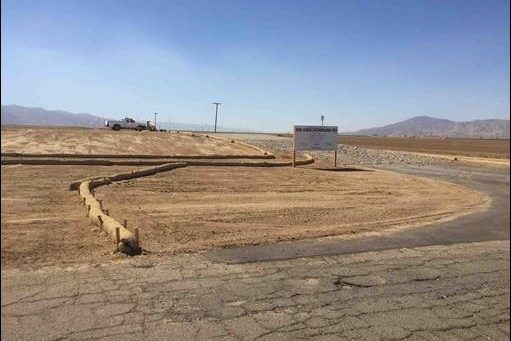
It Ain’t Easy Being Green
Starting this past August, First Solar, Inc. will commence construction of Santa Barbara County’s first utility-scale solar power facility in sunny Cuyama Valley. Facing the hottest years on record, and the deleterious effects of global warming looming locally and globally, Santa Barbara County can claim a role in helping California meet its long-standing renewable energy goals. When fully operational, the facility will generate 40 megawatts of renewable energy using sunlight; this is enough clean energy to serve the energy needs of approximately 16,000 average-size homes, displacing over 30,000 metric tons of carbon dioxide (CO2) – the equivalent of taking about 6,000 cars off the road annually!
It wasn’t easy getting to this point! It took 5 years of permit processing to achieve the necessary approvals for this landmark project to proceed with construction. We had to ask ourselves, “how is it possible that in Santa Barbara County, the birthplace of the environmental movement, it could be so cumbersome to do the right thing?”
The major reason for this lengthy process originated from the absence of any provisions in the County’s Zoning Ordinance for solar permitting. It was hard to believe, but the Ordinance provided for oil and gas permitting, geothermal permitting, but nothing for solar permitting. Thus, the project needed a new Ordinance and an amendment to the County’s Comprehensive Plan to provide a permit pathway for utility-scale solar.
Thanks to the support from Cuyama Valley locals, and from leaders in the community including the Community Environmental Council and the Environmental Defense Center, the project was approved with its host of legislative amendments and costly Environmental Impact Report, and will be providing renewable energy to Santa Barbara County within the next year or two.
Santa Barbara is known for rigorous environmental standards, which apply to all projects, including “green” development. While solar plants, wind farms, and wave energy may help achieve a more sustainable energy portfolio, they each present different environmental challenges. We have to work with our local permit agencies and the community to find a way to analyze these technologies and their potential impacts, and mitigate those impacts without killing opportunities and feasibility for sustainable energy development.
The Cuyama Solar project paved the way for the future of solar permitting in Santa Barbara County and we are hopeful that we will see more projects of this type. SEPPS urges our community to work together, back-up our prestigious reputation as the birthplace of the environmental movement, and facilitate permitting for renewable energy and other sustainable development projects!
